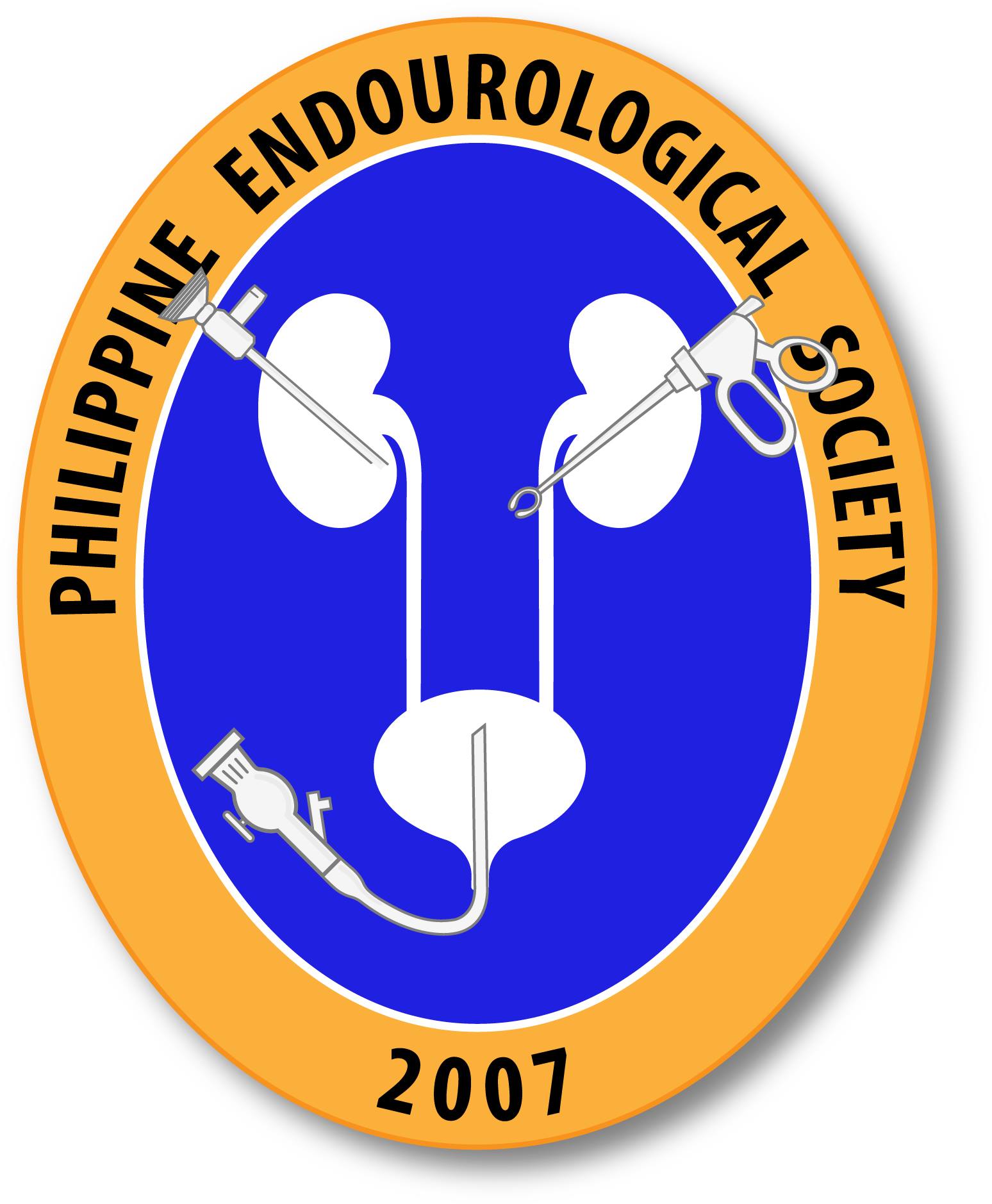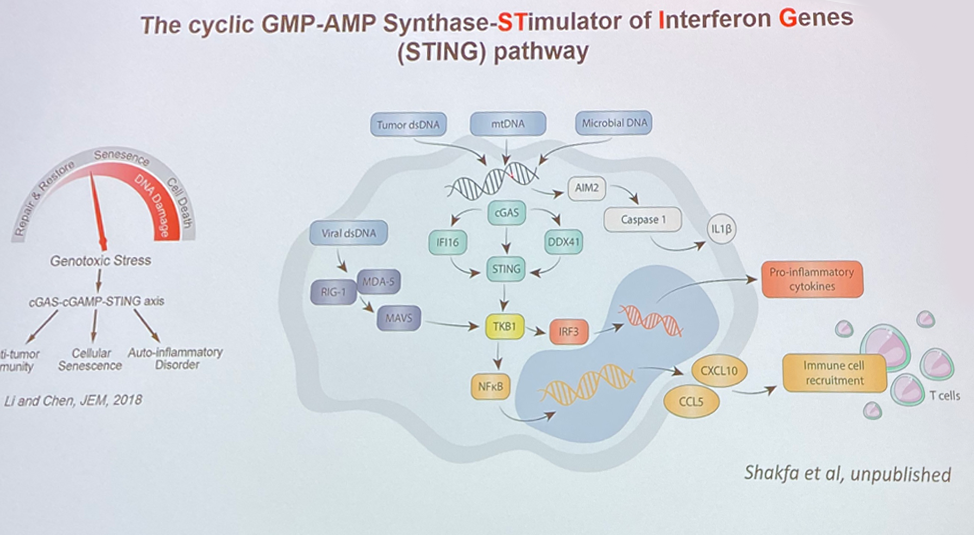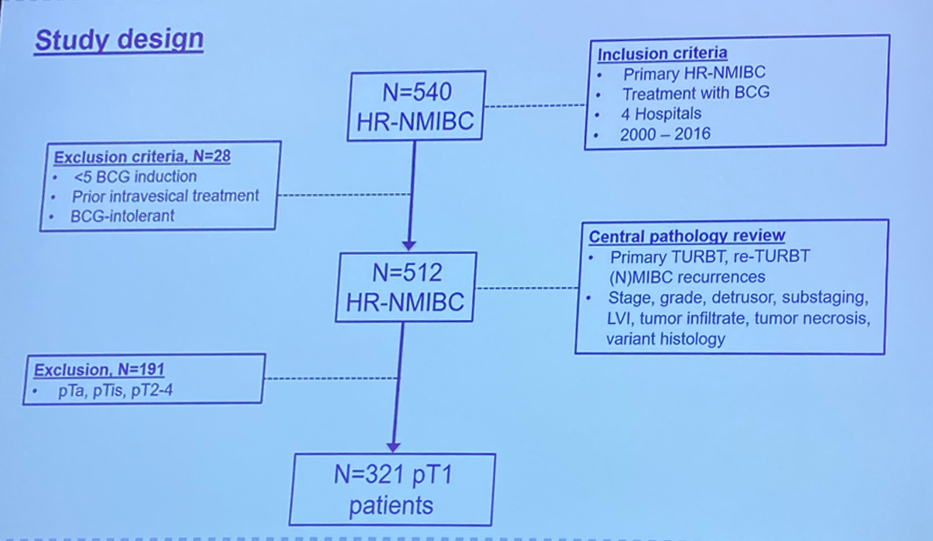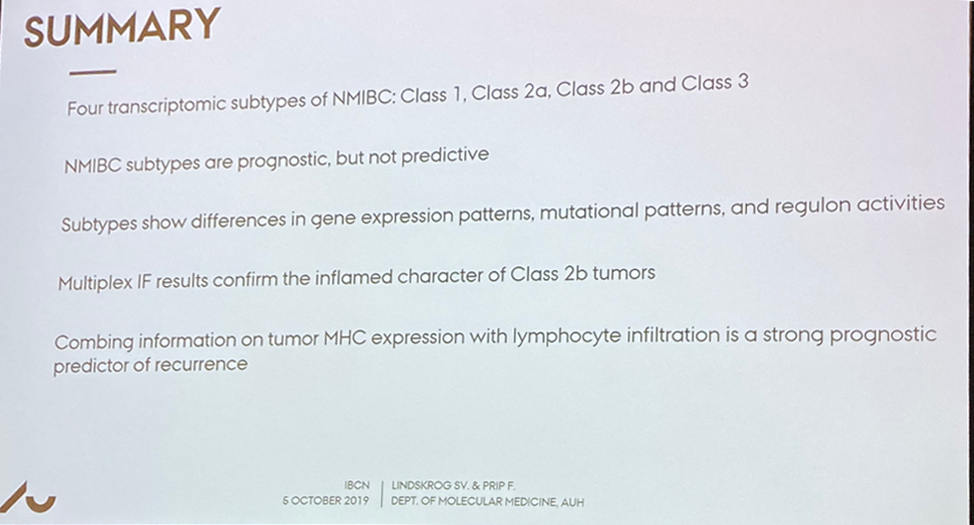IBCN 2019: Molecular Characterization of Normal Ureteric Urothelium for More Meaningful Comparisons with Bladder Urothelium
Aarhus, Denmark (UroToday.com) Dr. Andrew Mason began this session by discussing their efforts at the University of York to molecularly characterize normal ureteric urothelium, in order to permit more meaningful comparisons with bladder urothelium. Donor-matched bladder and ureteric urothelial cells were obtained from five patients undergoing ureteral reimplantation for non-oncologic purposes, and these cells were cultured […]



